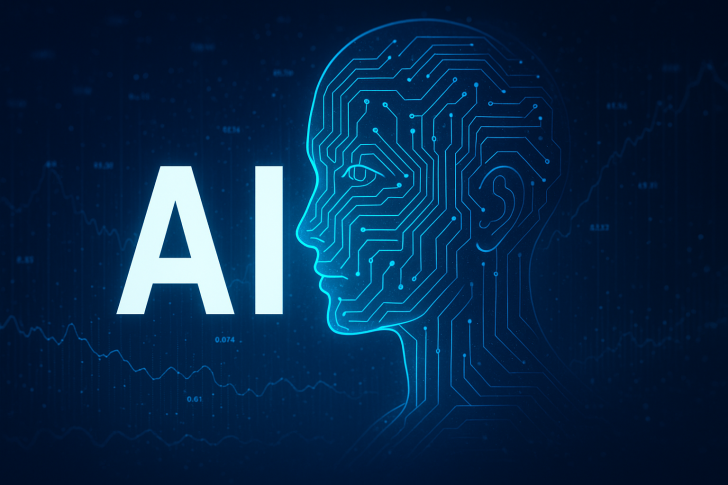The biotech AI landscape just got a lot more interesting. While billion-dollar labs continue their arms race, a tiny team is proving that smart beats big. Anthrogen, a six-person startup from Y Combinator's Summer 2024 batch, has done something remarkable: they've built Odyssey, a 102-billion-parameter protein language model that stands shoulder-to-shoulder with work from major research institutions. And they did it without the massive budgets that usually define this space.
When Small Teams Make Big Waves
The AI community took notice when Gustaf Alströmer about Anthrogen's work, calling Odyssey "one of the most impressive examples of what tiny, focused teams can achieve in AI × biology." His message was clear: you don't need $100 million to build a foundation model anymore. While companies like OpenAI and Anthropic are pouring massive resources into general-purpose models, Anthrogen proved that deep domain expertise and clever engineering can compete with raw financial power.
Odyssey isn't just another large model—it's rethinking how we approach protein modeling. Instead of using traditional self-attention mechanisms, the team built a new architecture trained through a diffusion objective inspired by biological evolution. Think of it this way: rather than memorizing protein patterns, Odyssey learns how proteins actually evolve and adapt in nature.
This evolutionary approach makes the model remarkably good at predicting protein folding, understanding mutation effects, and modeling molecular interactions—all crucial for drug discovery, synthetic biology, and understanding diseases. With 102 billion parameters, it rivals systems like Meta's ESM-3 and DeepMind's AlphaFold in complexity, but comes from a team you could fit around a dinner table.
Why This Matters Beyond the Lab
Protein language models work by treating amino acid sequences like sentences in a language. Once they learn the "grammar" of biology, they can predict how proteins behave, interact, and change. Odyssey takes this further by capturing the underlying logic of evolution itself.
The real-world applications are significant:
- Pharmaceutical research: Making drug discovery faster through better protein-ligand simulations
- Genetic engineering: Creating new protein structures for therapeutic or industrial applications
- Synthetic biology: Using AI to design materials and biological systems optimized for practical use
Beyond the technical achievements, there's something philosophically interesting here. Instead of teaching AI to think like humans, Anthrogen taught it to adapt like nature. It's a fundamentally different approach to artificial intelligence.
Anthrogen's story reflects a bigger shift happening in AI development. The era of needing massive infrastructure and unlimited budgets to do frontier research is fading. By leveraging Y Combinator's network, maintaining a clear scientific vision, and using resource-efficient training strategies, this small team built something that competes with industry giants.
This matters because it suggests the future of AI research belongs to those who innovate smarter, not just those who spend more. It also highlights the growing intersection of AI and life sciences, where models like Odyssey could help us decode evolution, design new molecules, and accelerate personalized medicine.
 Peter Smith
Peter Smith

 Peter Smith
Peter Smith


